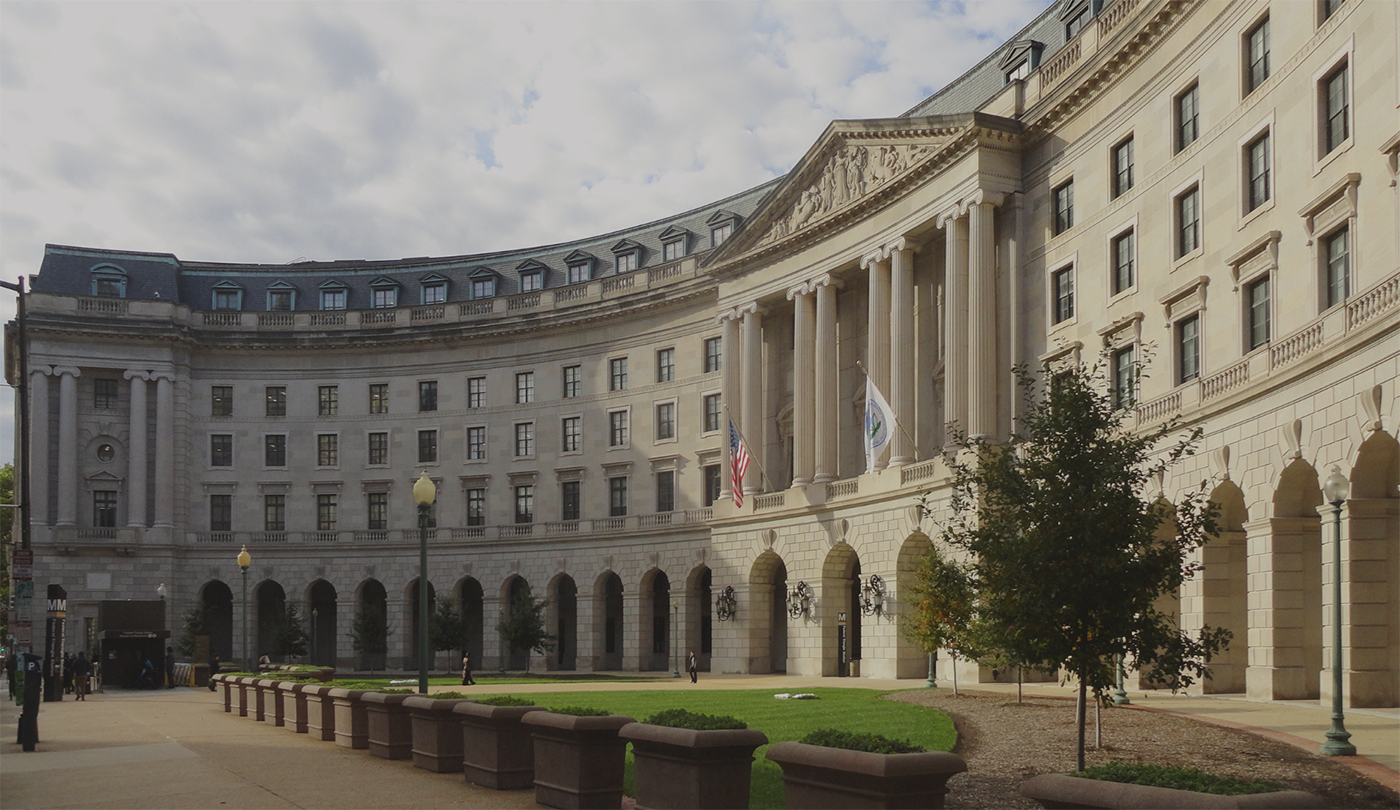NEPA Reform Under the SPEED Act Following House Approval
- Topics :
- Policy
EPA Policy Revisions in 2025: Scope, Stakeholders, and Implications
Published August 15, 2025

Under Trump’s second administration in 2025, the Environmental Protection Agency (EPA) has undertaken a series of regulatory changes, revising or repealing environmental policies established over the past decade. Led by Administrator Lee Zeldin, the agency has focused on both foundational legal rulings and sector-specific regulations. These actions represent a notable shift in U.S. environmental policy, with potential implications for climate change mitigation, public health, and energy sector operations.
Reconsidering the Legal Foundation: The Endangerment Finding and Vehicle GHG Standards
The Endangerment Finding, adopted in 2009 during the Obama administration, concluded that greenhouse gases endanger public health and welfare. It became the legal backbone for regulating carbon dioxide and other emissions under the Clean Air Act. In mid-2025, the EPA began the process of reconsidering this determination. Supporters of repeal argue that the science underlying the finding should be reassessed and that broad GHG regulation imposes heavy economic costs, particularly on transportation and manufacturing industries. Critics contend that removing this legal basis would severely limit the EPA’s ability to address climate change, noting that transportation accounts for roughly 29 percent of U.S. greenhouse gas emissions according to EPA data. Vehicle efficiency standards, first introduced in the late 1970s and strengthened in the 2010s, have historically reduced fuel consumption and emissions; industry groups, however, argue that compliance costs can be high and may affect consumer prices.

Revisions to Power Sector Regulations
Power plant regulations have been a major point of contention for decades. The 2015 New Source Performance Standards under President Obama aimed to limit carbon emissions from new plants, while the 2024 Carbon Pollution Standards under President Biden set stricter limits on both new and existing facilities. In June 2025, the EPA proposed changes that could repeal these standards or relax requirements such as the use of carbon capture technology. Proponents, including some utility companies and state energy regulators, argue that the changes could improve grid reliability and lower energy costs. Opponents, including environmental organizations and some public health advocates, warn that the revisions could prolong the operation of higher-emitting plants, potentially affecting air quality and public health. The power sector remains the second-largest source of U.S. GHG emissions, accounting for about 25 percent of the total.
Clean Water Rules and Wastewater Regulation Updates
The definition of “Waters of the United States” (WOTUS) has been revised multiple times over the last two decades, reflecting differing interpretations of the Clean Water Act. The 2015 Clean Water Rule broadened federal protections for wetlands and streams, but it was repealed in 2019 under Trump’s first term and replaced in 2020 with a narrower definition. In 2025, the EPA again moved to revise WOTUS, citing the need to reduce regulatory complexity for landowners and industry. Supporters, including agricultural groups, argue that a narrower definition reduces burdens and provides clarity, while environmental advocates warn it could leave millions of acres of wetlands and miles of streams unprotected. Additionally, in August 2025, the EPA announced plans to revise wastewater discharge rules for steam electric power plants. The agency stated this change would support electric energy reliability and enable more domestic energy production. Environmental groups, however, express concern about possible increases in pollutants such as mercury, arsenic, and selenium entering waterways.
Clean Energy Programs and Institutional Changes
The $7 billion “Solar for All” program, funded by the Inflation Reduction Act, aimed to bring solar installations to low-income communities. In August 2025, the EPA ended this program, citing legal and budgetary considerations. Renewable energy advocates argue that canceling the program could slow the growth of distributed solar, particularly in underserved areas. The EPA also announced plans for a 23 percent workforce reduction and closure of the Office of Research and Development, a key body for scientific studies and regulatory support. Industry supporters see these moves as a way to streamline operations and focus on core regulatory duties, while critics fear they could weaken scientific capacity and enforcement.

Legal and Economic Implications
These regulatory changes are expected to face legal challenges from states, environmental groups, and potentially industry stakeholders seeking clarity. Court rulings could set significant precedents for the scope of EPA authority under the Clean Air Act and Clean Water Act. Economically, supporters believe the rollbacks could reduce compliance costs by billions of dollars annually and improve U.S. competitiveness in energy-intensive sectors. Opponents counter that the long-term costs of environmental degradation, climate-related disasters, and public health impacts could outweigh short-term economic gains.
Conclusion
Since early 2025, the EPA has pursued a broad policy shift that includes reconsidering foundational legal determinations, revising emissions standards for vehicles and power plants, narrowing federal water protections, updating wastewater regulations, and restructuring internal programs. Supporters highlight the potential benefits for energy reliability, economic growth, and regulatory simplicity, while critics emphasize the risks to environmental protection and public health. The final impact of these actions will depend on court outcomes, state-level responses, and the direction of future administrations.
References









